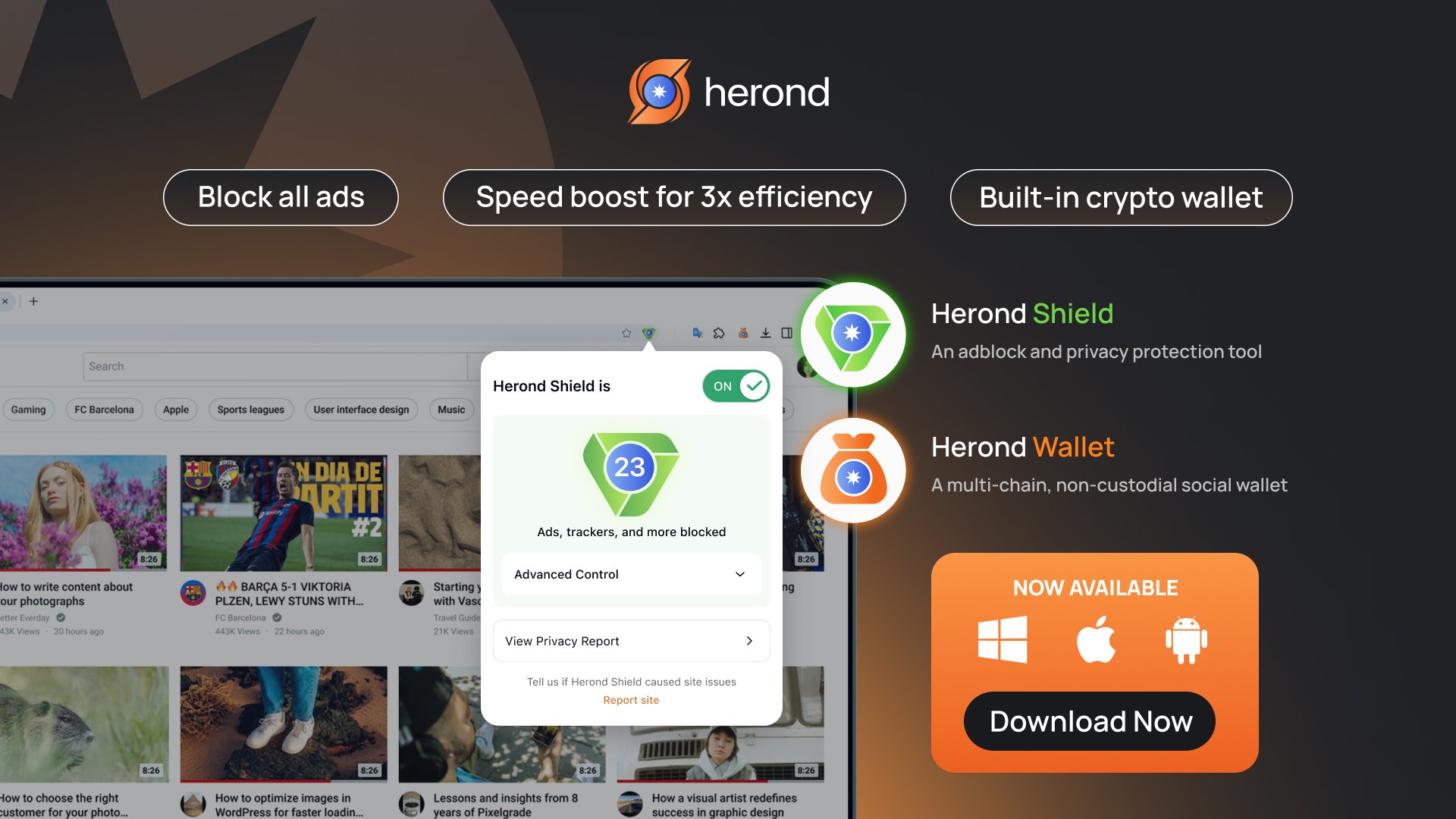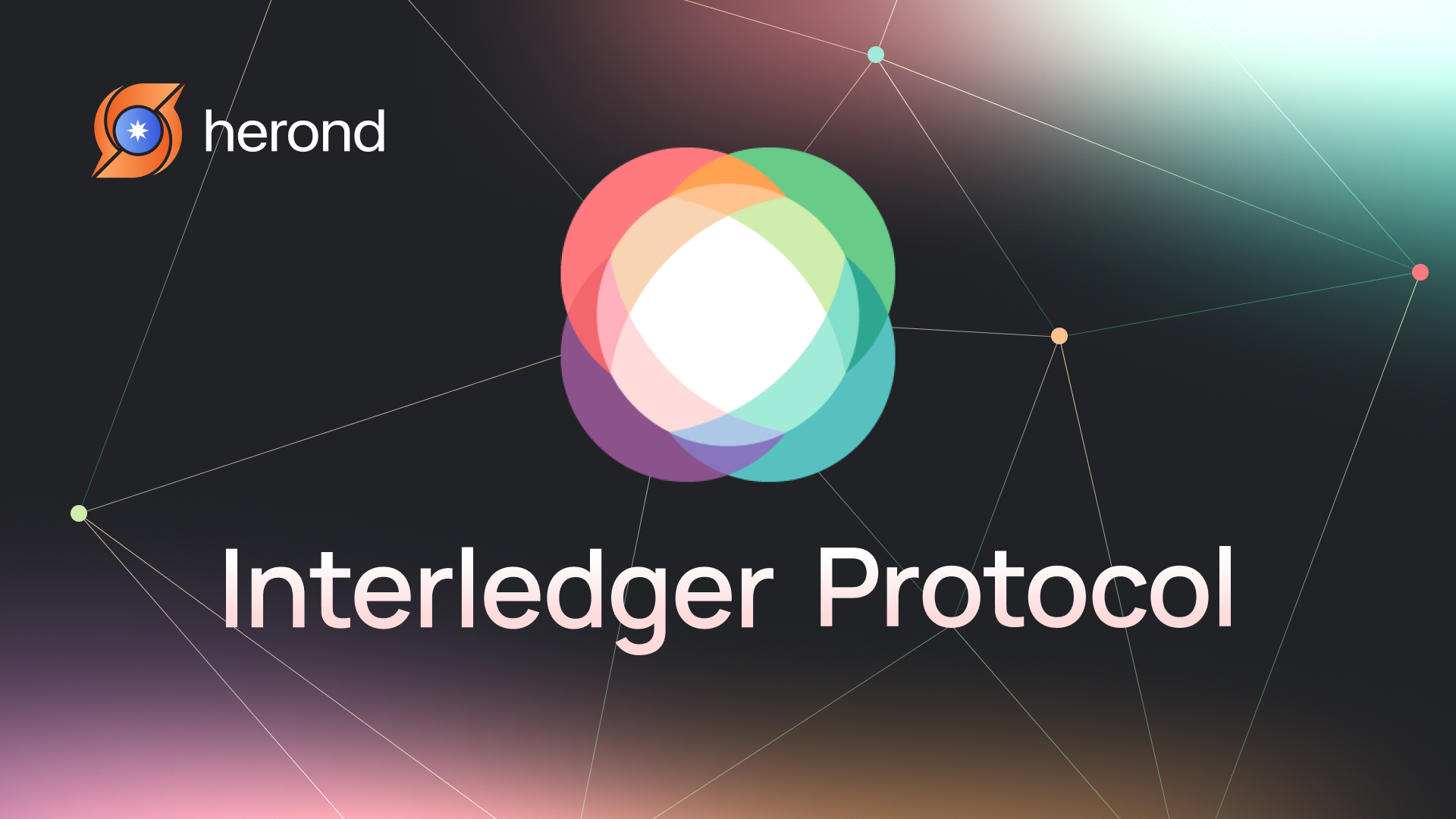As the world of digital payments and blockchain technology grows, the need for seamless, cross-network transfers of value becomes increasingly important. The Interledger Protocol (ILP) is a groundbreaking technology designed to bridge this gap, enabling interoperability between different payment networks, blockchains, and currencies. If you are new to ILP, this article will help you understand the basics and why it plays a key role in the future of global payments.
What is the Interledger Protocol (ILP)?

The Interledger Protocol (ILP) is an open protocol suite that facilitates payments and value transfers across different networks and ledgers. Think of it as the “Internet of value,” allowing different financial systems to connect and communicate with each other, similar to how the internet allows information exchange between computers and networks globally.
ILP aims to create a seamless, cross-network payment experience by enabling the transfer of any type of asset—whether cryptocurrencies, fiat currencies, or other digital assets—between different ledgers without needing a central authority or a single network.
Reasons behind Interledger Protocol’s Creation

Before ILP, transferring value between different payment systems, especially across borders, was often slow, expensive, and prone to errors. Traditional payment networks, like banks and online payment providers, often operate in silos, and cryptocurrency blockchains typically don’t interact well with each other.
ILP was developed to solve this interoperability problem, enabling value to move freely between disparate systems without needing costly or time-consuming intermediaries. Whether you’re sending money between two different banks, moving crypto from one blockchain to another, or paying for services in different currencies, ILP simplifies these processes by allowing multiple networks to communicate in a standardized way.
How Interledger Protocol Works
ILP operates by breaking down payments into small chunks, called packets, and sending them through a series of connected nodes or intermediaries, each belonging to different networks.
Here’s a simplified breakdown of the process:
Step 1: Sender Initiates a Payment
The payment begins with a sender who wants to transfer value (e.g., USD, Bitcoin, or another asset) to a recipient on a different network or ledger.
Step 2: Payment Is Split into Packets
The payment is broken into smaller units, called packets. These packets travel independently across different ledgers, ensuring the payment can move between different networks and systems seamlessly.
Step 3: Intermediaries Relay the Packets
Between the sender and recipient, ILP uses connectors (intermediaries) that relay packets from one ledger to another. These connectors don’t hold the payment but act as bridges to ensure the transfer reaches its destination across different networks.
Step 4: Atomic Transfers Ensure Security
ILP uses a security feature known as atomicity, which ensures that the entire payment either completes successfully or doesn’t happen at all. This prevents situations where part of the payment gets lost or stuck between networks.
Step 5: Recipient Receives Payment
Once all packets have traveled across the connectors, the recipient’s ledger combines them, completing the transaction and making the full value available to the recipient.
Key Components of ILP
ILP includes 4 main components:
Ledgers
These are the networks or systems (like banks or blockchains) where the money or value resides. ILP is designed to work with any ledger, whether it’s a fiat currency network or a cryptocurrency ledger.
Connectors
These are the intermediaries that help relay payment packets between different ledgers. Connectors earn small fees for facilitating transactions and can be anyone—from financial institutions to individuals.
Routes and Packets
ILP splits payments into packets, which travel across different routes (similar to how data packets move through the internet). Each packet carries a small piece of the payment, and all packets eventually converge at the recipient’s ledger.
Condition and Fulfillment
ILP uses cryptographic conditions to ensure that payments only go through if all conditions are met. This creates a secure, trustless environment for transferring value between unknown parties or networks.
Benefits of the Interledger Protocol
- Interoperability: ILP enables seamless transfers across different payment systems and blockchains, solving the challenge of network incompatibility. You can send value from one ledger (e.g., a bank account) to another (e.g., a cryptocurrency wallet) without friction.
- Speed: By breaking payments into smaller packets and routing them through the most efficient path, ILP ensures that payments are fast, even when crossing multiple networks.
- Low Fees: Traditional cross-border payments often come with high fees. ILP’s efficient routing and the involvement of multiple connectors keep transaction costs low.
- Scalability: ILP can handle a wide range of payment sizes, from microtransactions to larger payments, making it scalable for everyday use or more significant financial transactions.
- Security and Trust: ILP’s cryptographic guarantees ensure that transactions are secure and trustless, meaning users don’t have to trust intermediaries. The atomic nature of payments ensures that transfers are either completed in full or not at all.
Use Cases for Interledger Protocol
ILP can be applied into many different use cases. Here are some of popular cases:
Cross-Border Payments
ILP can revolutionize international remittances by reducing fees, speeding up transactions, and eliminating the need for intermediaries like correspondent banks.
Interoperability Between Blockchains
ILP can enable cross-chain payments, allowing users to send value from one blockchain (like Ethereum) to another (like Bitcoin) without the need for centralized exchanges.
Micropayments

ILP is ideal for micropayments, enabling tiny, instant payments for services like streaming, pay-per-use APIs, or IoT transactions without high transaction fees.
Decentralized Finance (DeFi)
ILP can integrate traditional financial systems with DeFi platforms, allowing seamless transfers of value between centralized and decentralized ecosystems.
Internet of Things (IoT)
ILP can facilitate machine-to-machine payments in the IoT space, where devices need to transfer small amounts of value autonomously, such as paying for bandwidth, energy, or other services.
How ILP Is Different from Other Payment Solutions
- Versatility Across Networks: Unlike payment solutions tied to specific networks (such as PayPal or Bitcoin), ILP is designed to be network-agnostic, working across any ledger or payment system.
- No Central Authority: ILP operates in a decentralized manner, meaning there’s no single entity controlling the network. It uses a combination of connectors and cryptographic conditions to ensure trustless transactions.
- Packetized Payments: By breaking payments into smaller packets and using the best available routes, ILP ensures fast and secure value transfers, even across different types of ledgers.
Conclusion
The Interledger Protocol is a game-changing technology that has the potential to transform the way we transfer value globally. By enabling seamless, secure, and low-cost transactions across different networks—whether fiat, blockchain, or IoT—ILP solves the long-standing issue of payment system fragmentation. Its potential to disrupt industries like cross-border payments, blockchain interoperability, and micropayments makes it a foundational technology for the future of digital finance.
About Herond Browser
Herond Browser is a Web browser that prioritizes users’ privacy by blocking ads and cookie trackers, while offering fast browsing speed and low bandwidth consumption. Herond Browser features two built-in key products:
- Herond Shield: an adblock and privacy protection tool;
- Herond Wallet: a multi-chain, non-custodial social wallet.
Herond aims at becoming the ultimate Web 3.0 solution, heading towards the future of mass adoption. Herond has now released the mobile version on CH Play and App Store. Join our Community!








